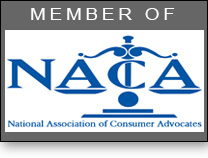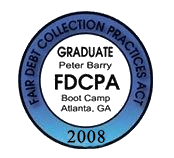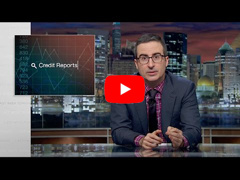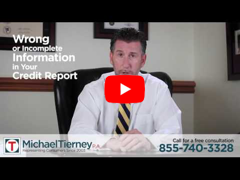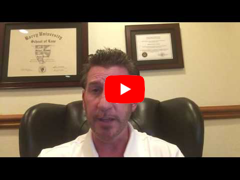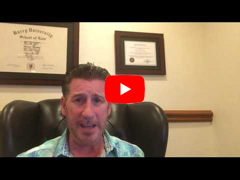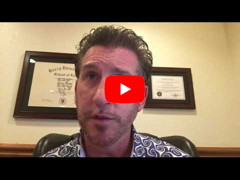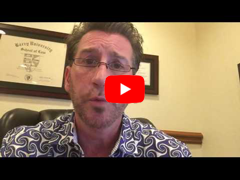By Dan Rafter.
Burdened with thousands of dollars of consumer debt? Do you dread reading your credit card statements each month? There is hope. You can pay down your credit card debt fast. But first, you have to stop using your cards to make new purchases.
And before you start paying off that debt, know this: You’re far from alone. It can be difficult to track down just how much credit card debt the average cardholder is paying off, but in the spring of 2015, CardHub released a study showing that those households that carry a balance on their credit cards have an average debt of almost $7,200.
How do you remove yourself from this statistic, and do it (fairly) quickly? Here are seven tools you can try.
1. Stop Charging
No debt repayment plan will work if you keep adding to your credit card balances. So make a vow to stop charging gas, groceries, or clothes. Buy only what you can afford to purchase in cash. Breaking the credit card habit can be challenging, but doing so will give your efforts to eliminate your consumer debt a huge boost.
2. Pay More Than the Minimum
You can’t just pay the minimum monthly required payments on your credit cards if you want to eliminate your debt quickly. You’ll simply be paying a ton of interest while whittling away at that debt.
Here’s an example. Say your credit card balance is $6,000, your card’s interest rate is 18.9% percent, and your minimum required payment each month is 4% of your balance. If you only pay that minimum each month, it will take you 144 months — or 12 years — to pay off your debt, and that’s only if you never make any additional charges with that card. While paying this debt off, you’ll pay a total of about $9,750, or about $3,750 in total interest.
The lesson here is obvious: No matter how you choose to tackle your debt, always pay more than the minimum each month.
3. Choose a Repayment Method
There are two good ways to approach paying off debt, and both can help you eliminate your credit card balances quickly.
Snowball Method
This is when you pay the minimum required monthly payment on all of your credit cards except for one. Use the majority of the money you have each month for paying down your debt on this last card. How you choose this card is up to you: Some consumers will pick the card with the lowest balance so that they can quickly pay it off. Others will choose the card with the highest interest rate so that they can eliminate their debt that grows the quickest each month.
But once you pay off your targeted card, repeat the process: Pick another card to spend most of your debt-reducing dollars on and pay the minimum on the rest of them. If you stay at this long enough, you’ll eventually eliminate all of your credit card debt.
Debt Ladder Method
In the debt ladder method, you’ll list all your credit cards from the one with the highest interest rate to the one with the lowest. Then, much like with the snowball method, you’ll spend most of your money each month paying down the card with the highest interest rate while paying the minimum required monthly payment on the rest of your cards.
Once you pay off the card with the highest interest, you’ll then move to the next card on your list, spending most of your money on that debt until it, too, is paid off.
The difference between the snowball and debt ladder methods is subtle: With the debt ladder method, you’ll always target the card with the highest interest rate. In the snowball method, you might do this, but you might also go after the cards with the lowest balance first so that you can more quickly snowball the dollars you have available for other accounts.
4. Take Out a Home Equity Loan
Do you own a home? Do you have equity in it? If so, you might consider taking out a home equity loan to pay off all or most of your high-interest-rate credit card debt.
If your home is worth $250,000 and you owe $180,000 on your mortgage loan, you have $70,000 worth of equity. A mortgage lender might give you a home equity loan of, say, $50,000. You can then use that $50,000 to pay off credit card debt.
The benefit of a home equity loan — or a home equity line of credit, which is similar but works more like a credit card than a standard loan — is that such loans come with lower interest rates. It makes sense to swap low-interest debt for high-interest credit card debt. But be sure to pay your home equity loan back on time. If you don’t, you could lose your home.
5. Use Your Savings
It’s important to have savings. Your savings account can act as an emergency fund, one that can help you cover the costs of unexpected expenses such as a furnace that suddenly conks out in the middle of winter.
But if you have thousands of dollars in savings and are paying off thousands of dollars of credit card debt, it might make sense to use those savings to eliminate your high-interest debt. Think of it this way: Your credit card debt might have an interest rate of 19% or higher. The odds are that your savings account is paying you interest of less than 1%. It makes sense to get rid of that credit card debt that is growing so quickly each month. (See also: When to Use Savings to Pay Off Debt)
Once you do erase your credit card debt, though, build your savings back up each month. You don’t want to be without an emergency fund for too long.
6. Do a Balance Transfer to a 0% APR Card
A key factor in repaying your credit card debt expediently is your interest rate, since a lower rate reduces not only your minimum monthly payments, but also the total amount you’ll repay on the debt. A common technique for obtaining a lower rate is transferring your credit card balances to a card with a 0% APR. There are a few caveats worth considering, however. (See also: When to Do a Balance Transfer to Pay Off Credit Card Debt)
First, most 0% APR credit card offers are for a limited period — say, six or 12 or 15 months. Therefore, you should only transfer the amount of balance that you expect to be able to repay in that amount of time. After the introductory 0% APR period expires, the interest rate on your new card — and any remaining transferred balance — will rise, leaving you again with a higher interest rate. So make it a priority to pay off all the transferred balance during the 0% APR period. (See also: Best 0% Balance Transfer Credit Cards)
Second, it’s important to understand that balance transfers often come with a fee, usually expressed as a percentage of the amount transferred. (The Chase Slate card is a rare one that has zero intro balance transfer fee as well as a 0% Intro APR.) So, any savings you achieve by transferring to a zero percent card should exceed the total of the fees. If you meet these two conditions, however, a balance transfer can help you reduce your repayment time significantly.
7. Get a Personal Loan With a Lower APR
Another means for lowering your interest rate involves paying off part or all of your balance using a personal loan with a lower APR than your card offers. A variety of lenders, ranging from your local credit union or bank to online lenders, such as LendingClub can potentially offer rates below your credit card’s. (See also: Should You Use Peer-to-Peer Lending to Pay Down Credit Card Debt?)
However, it’s again worth noting the terms of the loan. Are there any fees associated with a personal loan that might make it less economical? Can you afford the repayment schedule and terms (the higher your credit score, the better these will be)? If you can’t, you may just be trading one type of debt for another. But if the personal loan’s terms are favorable, you’ll likely have an opportunity to repay your debt faster — and save significantly in the process.
Did you retire a mountain of credit card debt? How’d you do it?
Editorial Note: Any opinions, analyses, reviews or recommendations expressed in this article are those of the author’s alone, and have not been reviewed, approved or otherwise endorsed by any bank, card issuer, airline or hotel chain.





